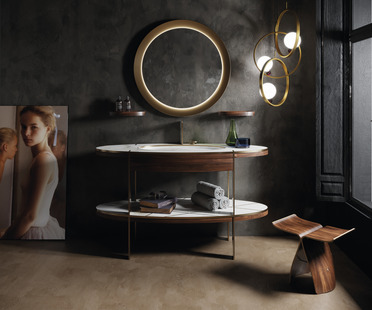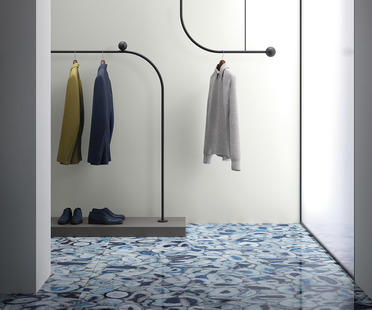Tag Luis Ferreira Alves
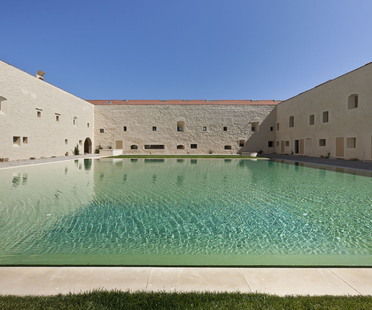
21-06-2017
3rd European Award for Architectural Heritage Intervention AADIPA
The European Award for Architectural Heritage Intervention AADIPA is a biennial event.
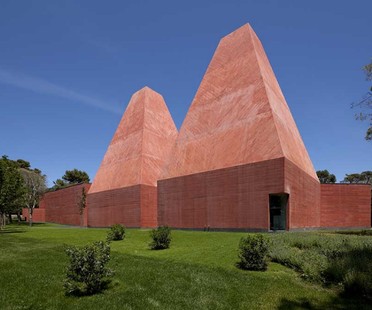
24-03-2017
Eduardo Souto de Moura Piranesi 2017 Prix de Rome for Lifetime Achievement
To conclude the “Settimana Adrianea” held March 21 through 24, 2017 at Casa dell'Architettura in Rome, architect Eduardo Souto de Moura will hold a lectio magistralis and receive the 2017 Piranesi Prix de Rome for Lifetime Achievement.
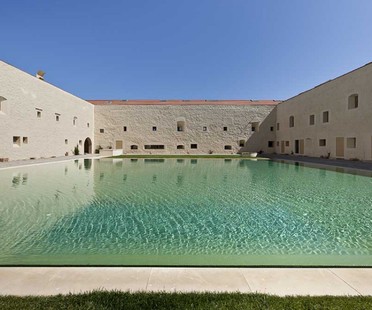
09-12-2016
Eduardo Souto de Moura Piranesi Prix de Rome for Lifetime Achievement
On November 22, 2016 it was announced that the prestigious award for classic achievement in architecture, the 2017 Piranesi Prix de Rome for Lifetime Achievement, would be presented to 2011 Pritzker Prize winner Eduardo Souto de Moura on March 24, 2017.
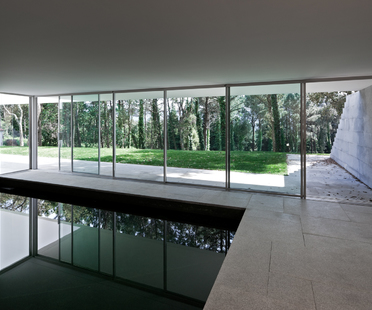
27-08-2014
Souto de Moura designs the Ponte de Lima 3 house in Portugal
Eduardo Souto de Moura, winner of the 2011 Pritzker Prize, is one of Portugal’s most prominent architects. His recent plan for house in Ponte de Lima 3, an house in northern Portugal, ideally represents his poetics of form while at the same time expressing a sense of sustainability based on knowledge of and respect for the history of the place.
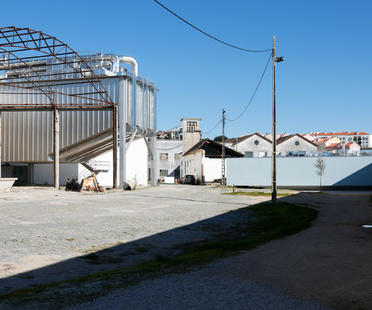
28-11-2012
Souto de Moura: school in Portalegre
Eduardo Souto de Moura has designed a school of hotel management in Portalegre, as unostentatious as any of his buildings, located in the former Robinson industrial complex. The project draws on the Portuguese architectural heritage and presents it in a contemporary form suggesting a new definition of the landscape.
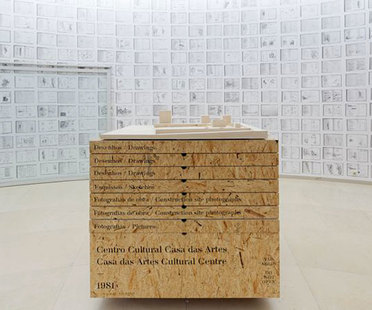
04-10-2012
Exhibition Eduardo Souto De Moura - Competitions 1979-2011
During CERSAIE, an exhibition at the National Art Gallery of Bologna will showcase works by Portuguese architect Eduardo Souto de Moura.
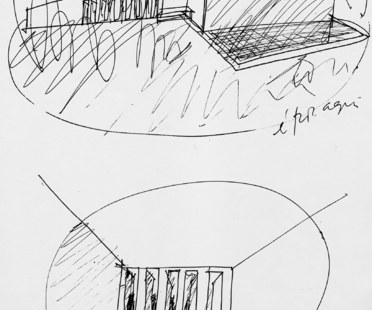
09-05-2011
Souto de Moura: Paula Rêgo Museum
Never sensationalist, Eduardo Souto de Moura’s architecture is determined by choices linked with the landscape, the meaning of the work and the details of the materials. These intentions are clearly expressed in his plan for Paula Rêgo Museum in Cascais, with its red cement, glass permitting contemplation of details and two pyramidal roofs making the building an architectural symbol in the landscape.
















